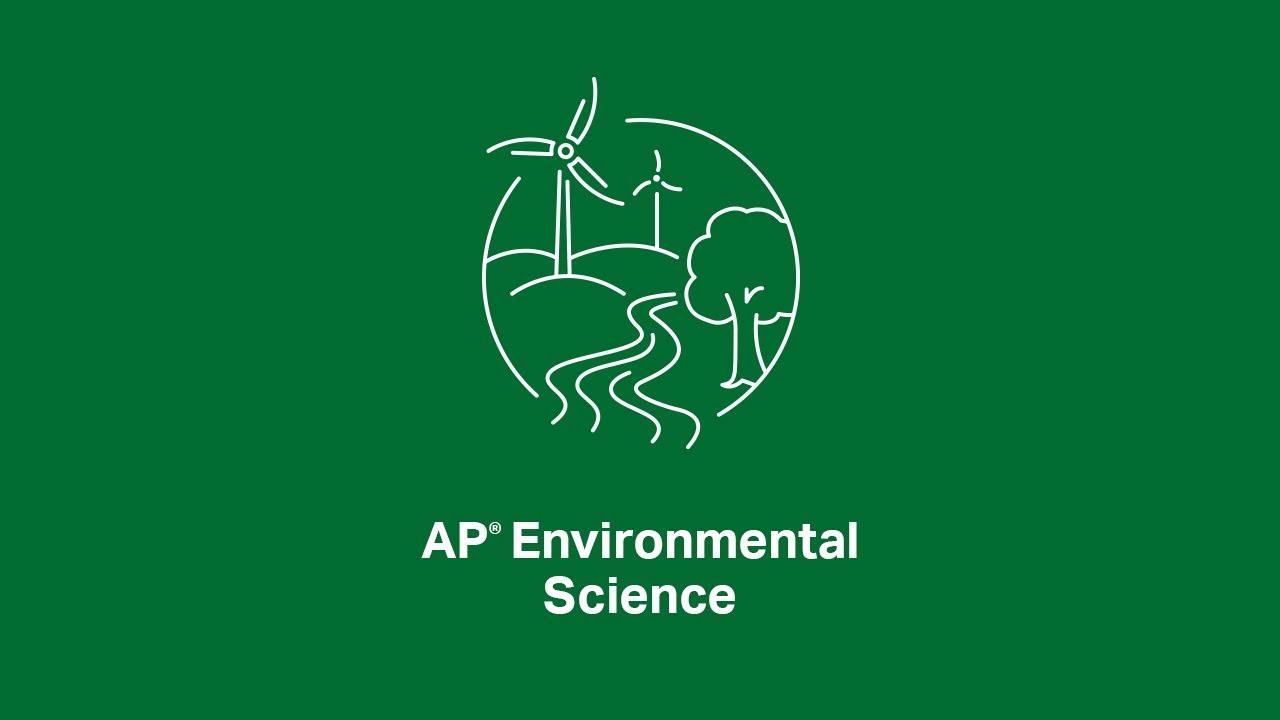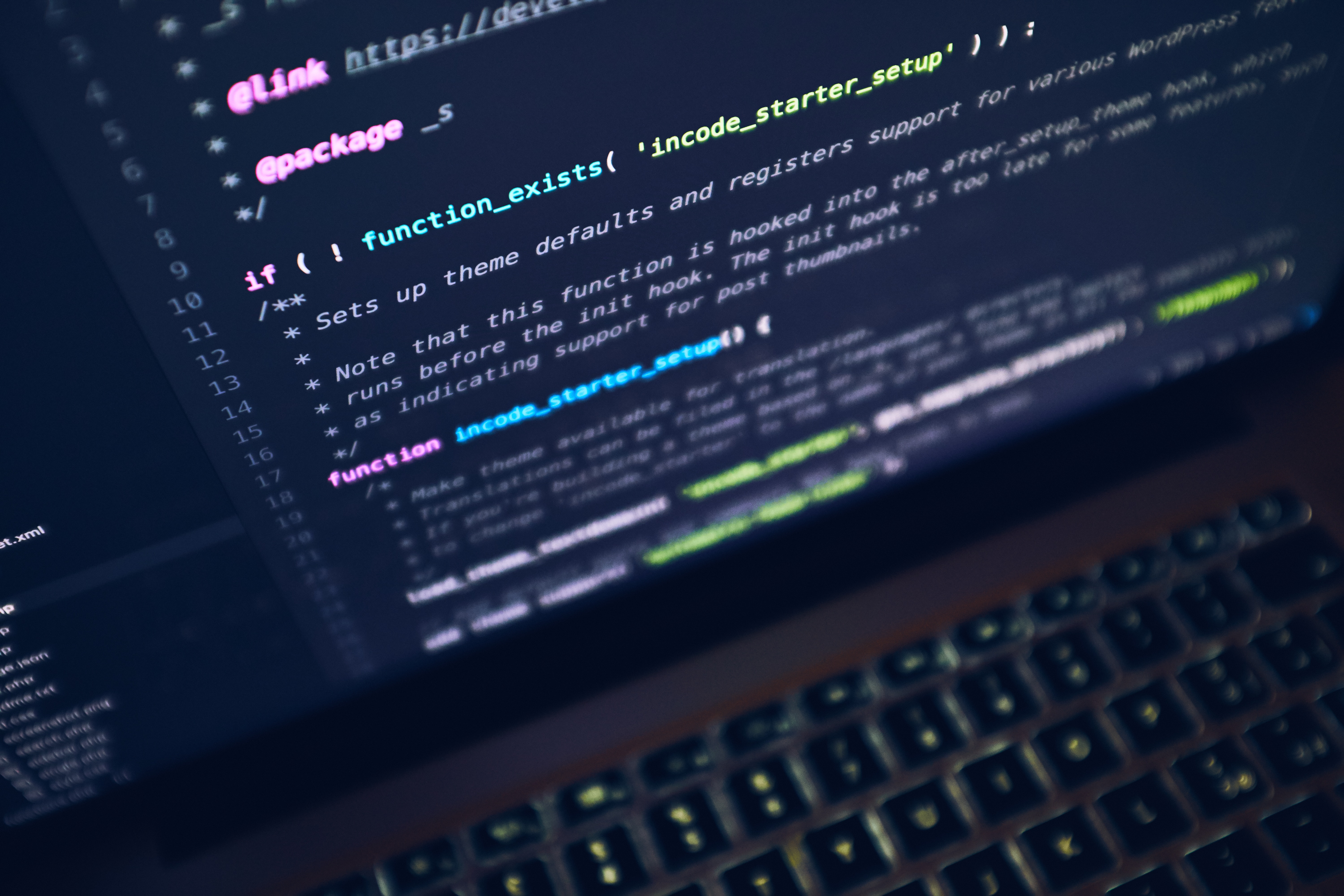The Comprehensive Guide to IB Sports, Exercise and Health Science
Introduction
Welcome to the comprehensive guide to IB Sports, Exercise, and Health Science (SEHS)! The International Baccalaureate (IB) SEHS course offers a unique exploration of the scientific study of sports, exercise, and human health. In this guide, we will provide you with a detailed overview of the IB SEHS course, exam format, key topics, and tips to excel in the course and achieve success on the IB exam.
Overview of IB Sports, Exercise, and Health Science
The IB Sports, Exercise, and Health Science course provides students with a multidisciplinary approach to the study of sports, exercise, and human health. Students explore various aspects of sports and exercise science, including anatomy and physiology, biomechanics, psychology, nutrition, and the social and ethical implications of sports and exercise.
Exam Format
The IB Sports, Exercise, and Health Science exam consists of three main components:
-
Paper 1: This section assesses students' knowledge and understanding of the course content through multiple-choice questions. It covers topics such as anatomy and physiology, biomechanics, skill acquisition, and training methods.
-
Paper 2: This section assesses students' ability to analyze and evaluate scientific research and data related to sports, exercise, and health. Students are required to answer structured questions and provide in-depth responses based on their knowledge and understanding of the course content.
-
Internal Assessment (IA): The IA is a significant component of the course and accounts for a substantial portion of the final grade. It involves the completion of an independent investigation or project related to sports, exercise, or health science.
Course Content
The IB Sports, Exercise, and Health Science course covers a range of topics that provide a comprehensive understanding of sports, exercise, and human health. Some key areas of study include:
-
Anatomy and Physiology: Exploring the structure and function of the human body, including the skeletal, muscular, cardiovascular, and respiratory systems. Understanding how these systems adapt and respond to exercise.
-
Biomechanics: Investigating the principles of motion and the application of mechanical principles to human movement. Analyzing the mechanics of different sports skills and optimizing performance through biomechanical analysis.
-
Skill Acquisition: Examining the cognitive and motor processes involved in skill acquisition and motor learning. Understanding the factors that influence skill acquisition and the development of expertise in sports.
-
Exercise Physiology: Studying the physiological responses and adaptations to exercise, including the cardiovascular, respiratory, and energy systems. Exploring the effects of training on performance and health.
-
Sports Psychology: Investigating the psychological factors that influence sports performance, including motivation, anxiety, attention, and goal-setting. Understanding the psychological strategies used to enhance performance and well-being.
-
Nutrition: Examining the role of nutrition in sports, exercise, and health. Understanding the macronutrients and micronutrients required for optimal performance and recovery. Exploring dietary strategies for different sports and individuals.
-
Socio-cultural Analysis: Analyzing the social and cultural factors that influence participation in sports and exercise. Exploring the impact of sports on society, including the influence of media, gender, and ethics in sports.
Skills and Proficiencies
The IB Sports, Exercise, and Health Science course aims to develop the following skills and proficiencies:
-
Scientific Inquiry: Developing scientific inquiry skills through the design and execution of investigations, data collection and analysis, and drawing evidence-based conclusions.
-
Critical Thinking: Enhancing critical thinking skills to evaluate scientific research, analyze data, and apply scientific concepts to sports, exercise, and health-related issues.
-
Data Analysis: Acquiring data analysis skills to interpret and evaluate scientific data, use appropriate statistical techniques, and draw valid conclusions.
-
Communication: Developing effective communication skills to convey scientific concepts, findings, and recommendations through written reports, oral presentations, and visual representations.
-
Collaboration: Engaging in collaborative activities, such as group projects and discussions, to develop teamwork and interpersonal skills in the context of sports, exercise, and health science.
Preparing for the IB Exam
To excel in the IB Sports, Exercise, and Health Science exam, consider the following strategies:
-
Review the IB SEHS Guide: Familiarize yourself with the IB SEHS guide provided by the IB. It contains detailed information about the course objectives, assessment criteria, and expectations for the IA and exam components.
-
Engage in Practical Experiences: Actively participate in practical experiences, such as laboratory investigations, fieldwork, and data collection. Apply theoretical knowledge to real-world scenarios and develop practical skills.
-
Analyze Case Studies: Practice analyzing case studies that explore sports, exercise, and health-related issues. Develop the ability to critically evaluate research, draw connections between theory and practice, and propose evidence-based solutions.
-
Practice Past Exam Questions: Review past exam questions to familiarize yourself with the exam format and types of questions asked. Practice answering these questions under timed conditions to improve your time management and exam technique.
-
Seek Feedback and Revision: Seek feedback from your teacher or supervisor on your IA and exam preparation. Revise and improve your work based on the feedback received to enhance your understanding and performance.
-
Utilize Available Resources: Make use of textbooks, online resources, scientific journals, and reputable websites to deepen your understanding of key concepts, research methodologies, and current trends in sports, exercise, and health science.
Tips for Success
Here are some additional tips to excel in IB Sports, Exercise, and Health Science:
-
Stay Updated: Stay informed about the latest research and advancements in sports science, exercise physiology, and health-related topics. Follow reputable scientific journals, attend conferences, and engage with relevant professional organizations.
-
Apply Practical Knowledge: Seek opportunities to apply your knowledge and skills in practical settings, such as assisting in sports training programs, volunteering at health clinics, or participating in research projects.
-
Develop Analytical Skills: Enhance your analytical skills by critically evaluating scientific research articles, analyzing data, and interpreting research findings in the context of sports, exercise, and health science.
-
Engage in Reflective Practice: Reflect on your own experiences in sports, exercise, or health-related activities. Consider how theory and research findings can be applied to enhance your own performance, well-being, or coaching techniques.
-
Collaborate with Peers: Engage in collaborative learning activities with your classmates. Discuss and debate topics, share resources, and exchange ideas to broaden your perspectives and deepen your understanding of the subject.
FAQs
-
Q: Are there any prerequisites for IB Sports, Exercise, and Health Science? A: There are no specific prerequisites for IB Sports, Exercise, and Health Science. However, a basic understanding of biology, physics, and mathematics is beneficial for understanding the scientific principles underlying sports and exercise science.
-
Q: Can IB Sports, Exercise, and Health Science be used as a science credit for university admissions? A: The recognition of IB Sports, Exercise, and Health Science as a science credit varies among universities. It is advisable to check with individual institutions or consult their admissions policies to determine if it fulfills science credit requirements.
-
Q: What careers can IB Sports, Exercise, and Health Science lead to? A: IB Sports, Exercise, and Health Science can lead to various careers in sports science, exercise physiology, physical therapy, coaching, sports nutrition, sports psychology, and public health. It also provides a solid foundation for further studies in related fields.
-
Q: How can I apply the concepts learned in IB Sports, Exercise, and Health Science to real-world scenarios? A: Apply the concepts learned by engaging in practical experiences, such as internships, volunteering, or participating in sports-related research projects. These experiences allow you to apply theoretical knowledge, gain hands-on skills, and understand the practical implications of sports and exercise science.
Conclusion
The IB Sports, Exercise, and Health Science course offers a comprehensive exploration of sports, exercise, and human health. By following this comprehensive guide, engaging in practical experiences, developing key skills, and practicing past exam questions, you will be well-prepared to excel in the course and achieve success on the IB exam. Embrace the opportunities to deepen your understanding of sports science, explore the interplay between exercise and health, and contribute to the field of sports and exercise science.

 By
By


